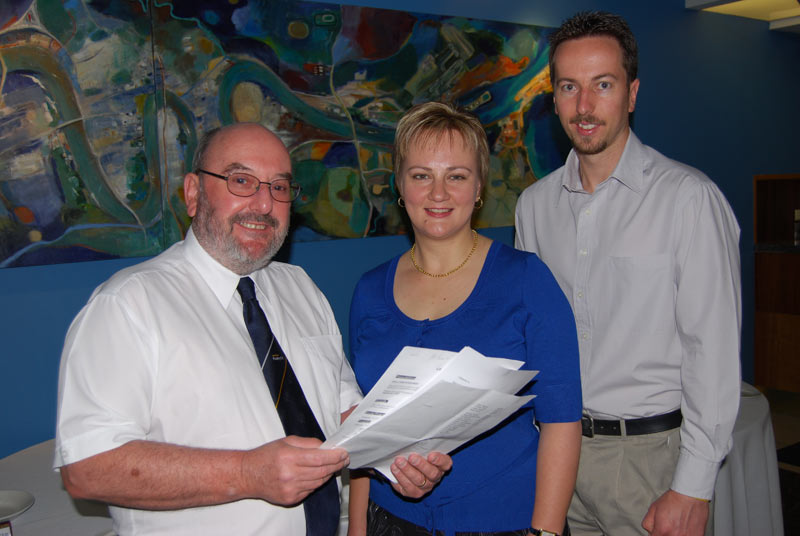Poultry experts at the recent World’s Poultry Congress (WPC) in Brisbane believe a combination of compounds will be required to effectively replace in-feed antibiotics, and a current Poultry CRC research project is lending support to that theory.
CRC researchers at the South Australian Research and Development Institute (SARDI) are pursuing the CRC’s objective of reducing reliance on antibiotics in chicken meat production. The team is examining how feed additives affect the bird and, hopefully, facilitating the identification of natural antibiotic alternatives and an understanding of their mechanism(s) of action.
“This project has highlighted that the addition of feed additives can have a significant influence on the bird’s immune status and microbial communities in particular,” explains SARDI’s Mark Geier.
“An improved understanding of how nutrition affects health and performance will facilitate the strategic selection of novel antibiotic alternatives. A recurring theme of WPC 2008 was that it is likely that one individual compound will not replicate the effects of in-feed antibiotics. Indeed, it may be the case that combinations of compounds are required in order to maintain bird performance at current levels in the absence of antibiotics.”
Mark and fellow project leader, Bob Hughes, are collaborating with other CRC researchers across the country.
“Here at SARDI, Valeria Torok is profiling the microbial species present in the gut, while at ANU (the Australian National University), Gwen Allison is looking at the beneficial properties of lactobacillus, researchers at CSIRO Livestock Industries are focussing on the immune status of the birds and their intestinal gene expression, UNE’s (the University of New England) researchers are working with a necrotic enteritis challenge model and the impact of fatty acids is being examined at the University of Adelaide,” said Mark.


